The Universality of Bigotry
If you were to to observe any debate, whether online or offline, you would notice a recurring theme where one participant accuses the other of holding to an extremely narrow view of the subject being debated. If you have been witness to such debates, you would know that it isn’t long before one side accuses the other of being ‘Intolerant’, ‘narrow-minded’, and ‘bigoted’. Of course, we’re referring to the conversations where some semblance of decorum and civility is maintained.
The purpose of this ‘tactic’ is to somehow show the opponent to be biased, whereby their evaluation and assessment of the subject becomes tainted, thereby rendering their opinion inadmissible. After all, debates ought to be conducted in a spirit of fairness and impartiality. So the tactic of crying “Bigot!” often puts the opponent on the back foot. Because, even though they may have a genuine point to make, it is rendered illegitimate owing to its alleged narrow-mindedness.
Of course, this is a great strategy because, whilst it allows the accuser to taint the opponent’s argument, it also serves to ensure that the accuser doesn’t really have to address the opponent’s case because it is “biased” and thus, “unfair”. Hence, this approach of vilifying the opposing point of view serves to release the accuser from the obligation of actually addressing the argument. In other words, this tactic (of crying, “Bigot!”) serves to establish the accuser’s view as the default one without them even having to demonstrate its legitimacy!
The purpose of this article is to demonstrate, that such labels of bigotry, intolerance and close-mindedness are actually hypocritical, because every side in an argument is actually closed to the other views available.
Here’s why.
01. There are only ever three ways of looking at a subject.
Regardless of the subject (let’s call it “The Issue”) being debated, there are only ever 3 ways to approach it (illustrated via the downloadable diagram on this page). These are outlined as follows:
• View A – There’s only one way to see The Issue.
• View B — There are only some ways to see The Issue which are valid.
• View C — There are many ways to see The Issue and all of them are equally valid.
No matter what your view of The Issue, it will fall into one of these three categories because there are no other categories to consider. After all, whatever your view on The Issue, you hold to it because: you believe there’s only one way to approach the matter (View A); or you believe there are many ways to approach the matter, all of which are equally valid (View C); or you believe that only some ways of approaching the matter are valid i.e. some ways of approaching the matter are actually invalid.
So just to be clear at the outset, at no point is there scope for agreement with any of the other views (which, by the way, are just as valid as yours).
Which brings us to the next point.
02. Each of the three ways of looking at “The Issue” is incompatible with the others.
The best way to understand this is by using the principle of exclusion.
View A excludes Views B and C as possibilities because View A says there are not many ways, neither are there some ways, but there is only one way of seeing The Issue.
At the other extreme is View C which excludes Views A and B. Because, according to View C, there is not only just one way, neither are there just some ways, but actually, there are many ways of seeing The Issue. What’s more, all of these ways are equally valid.
So it’s not as if some views are more inclusive than others. Rather, all views are equally exclusive.
However, an important point needs to made here: Whatever The Issue, only View A or B or C can be true at any point in time i.e. all views cannot be true simultaneously.
Which is why the next point is vital to the discussion.
03. Each of the three ways claims to be right whilst simultaneously claiming (or implying) that the others are wrong.
The best way to understand this is by stating the view in both the positive and negative.
So View A is not only stating that there is only one way of seeing The Issue, it is also implying that Views B and C are wrong. but that’s not difficult to understand because View A’s position is openly exclusive.
But what about View C? Isn’t it wonderfully charitable and tolerant to say that there are many ways of seeing The Issue and that all those ways are equally valid? Not really. Because if you remember Point 01 states that at any given point of time, regardless of what The Issue might be, there are always 3 ways of looking at it. In other words, View C is not the only way that The Issue can be considered; Two others views, A and B also exist. So whilst View C is actually saying that there are many, equally valid, ways of seeing The Issue, what is left unstated, is that it considers itself to be the only way of seeing the issue; the other two views, A and B, are wrong!
And what about the view in the middle, View B? Isn’t that a more reasonable approach between two extremes? Again, not really. Because, again, View B is claiming to be the only way of seeing The Issue whilst two other views, A and C, which are just as valid, also exist.
04. What does all this mean?
In case the point of this article hasn’t come through loud and strong already, we’ll repeat it again for the sake of clarity.
The point of the article, though singular, can be expressed differently as follows:
• Even though, on the face of it, some views may seem more tolerant and open-minded than others, the fact of the matter is that all views are equally intolerant of each other.
• All views are equally illiberal because each view considers itself to be the default view on The Issue.
• All views are equally bigoted, because each view is not open to the possibility that the other views may be right.
05. Why does this matter?
It is vital that we understand this principle of the Universality of Bigotry. Because time and again, we are confronted by questions and issues that demand our attention. They could be ethical or moral dilemmas. Or they may be issues of personal beliefs and preferences. Does God exist? Are all religions the same? Should religion be banned because it leads to violence? Should same-sex marriage be permissible? Should abortion be allowed? What should we say about the refugee crisis? Is man responsible for climate change? Has man descended from apes or ape-like creatures?
These are particularly thorny issues because they are deeply personal. And because they are personal, they are also emotional. So when someone expresses a view on any of these issues that does not match our own view, we can get defensive. We can take offence. Moreover, because the other views are so diametrically opposed to ours, we can be guilty of labelling them as bigoted, intolerant and narrow-minded.
Instead of actually examining the other ideas and arguments for what they are, we accuse them of not being inclusive. In other words, instead of trying to test the truth of our own position, we choose to protect it. Either because it means a lot to us, or because that’s the view that society deems politically correct, or because that’s the position of the majority of scientists, or some other reason or combination thereof.
However, as has been demonstrated above, all possible views (and there are only three of them) on any subject are equally intolerant and narrow-minded and bigoted. So the question to ask when evaluating a view shouldn’t be — “Is this view open-minded and inclusive?” Instead, the correct question to ask is — “Is this view true?”
By the way, that’s how you should evaluate this article too!
06. Summary
So let’s quickly summarise the key points we’ve established.
a. Whatever The Issue, there are only ever three ways of looking at it.
b. None of these ways (or views) is compatible with the other; which means that they are all equally exclusive, illiberal, intolerant and narrow-minded.
c. Depending on The Issue, any of the views can be true. But all views cannot be true simultaneously.
d. If a view is to be dismissed, it should be dismissed on grounds that it is not true.
e. No view should be dismissed solely on grounds that it is bigoted or narrow-minded. Because all the three views possible on The Issue are equally bigoted and narrow-minded.
f. This article is not passing judgment on which of the three views is true. It is merely making the point that at any time, whatever The Issue, there are only ever three ways of looking at it, all of which are equally intolerant. Hence, nobody should try to dismiss someone else’s view on grounds that their view is intolerant.
Next time someone labels you as a bigot without really considering the substance of your argument, gently show them how their view is just as bigoted as yours. Hopefully, that will help you both to look past labels and focus on what really matters — the truth.
Yours truthfully,
Truthscan
Note: All comments left on this blog will serve to debunk the idea that “Perception is Reality”. Here’s why.
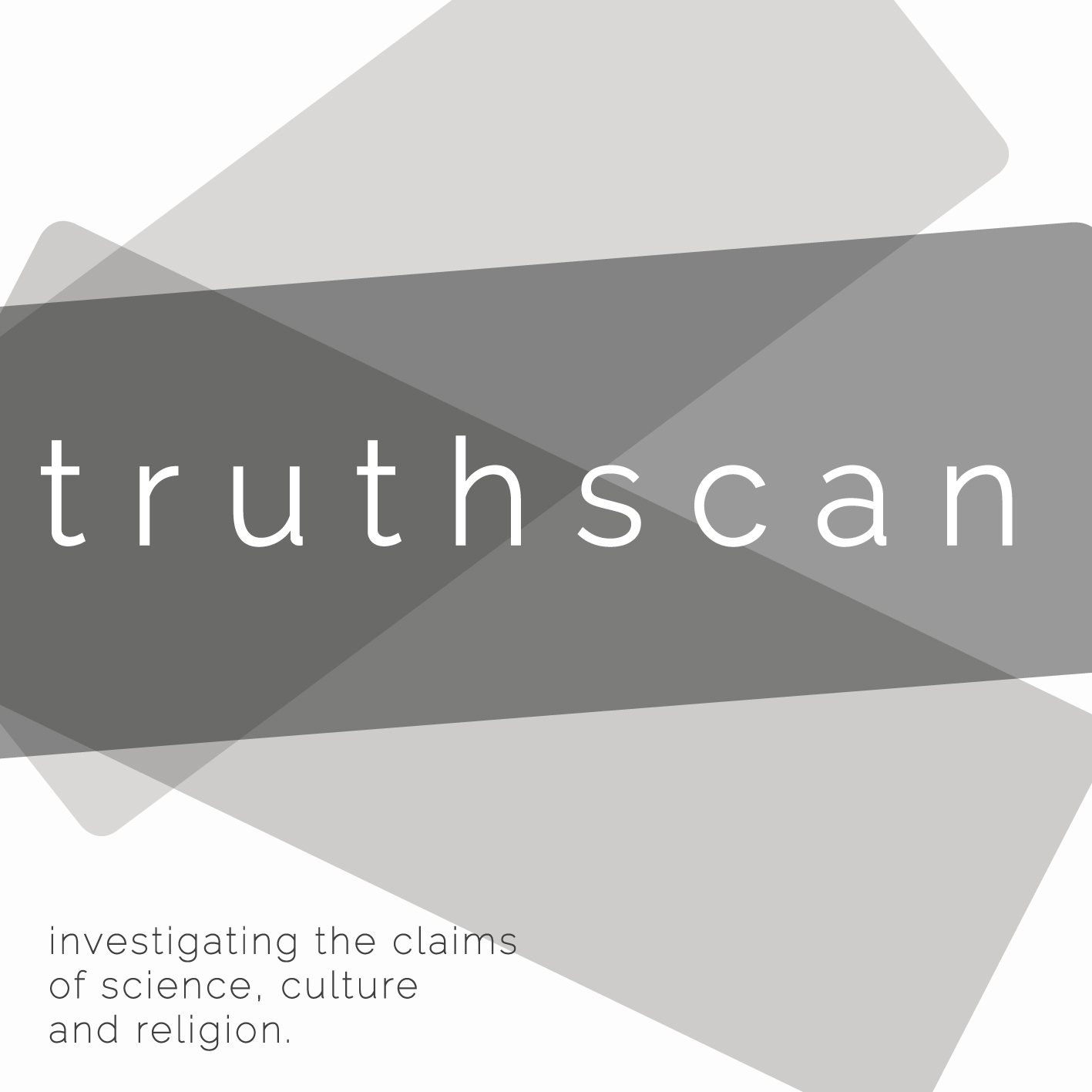



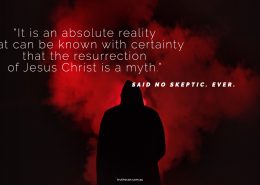


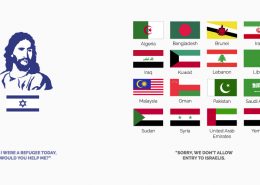
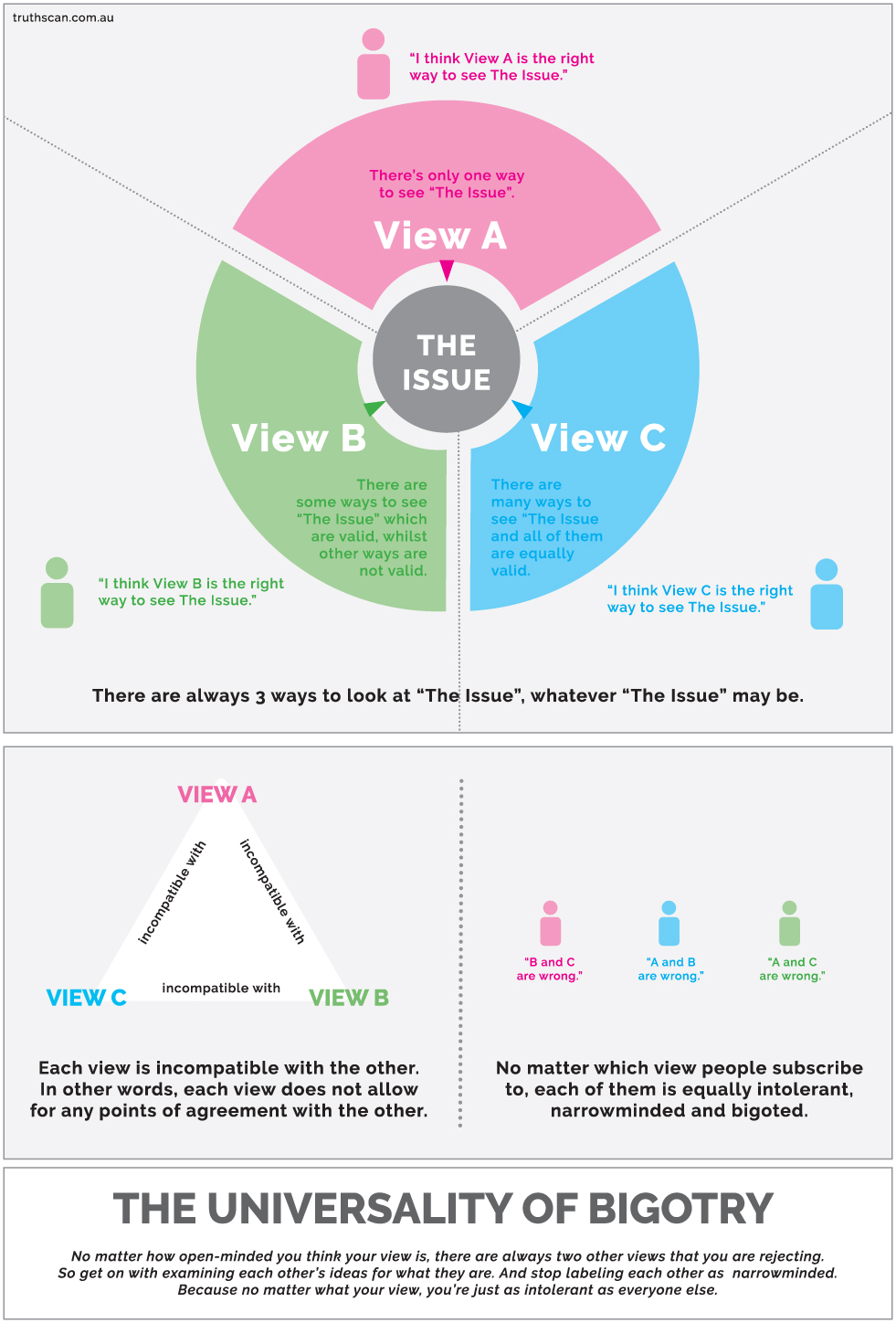
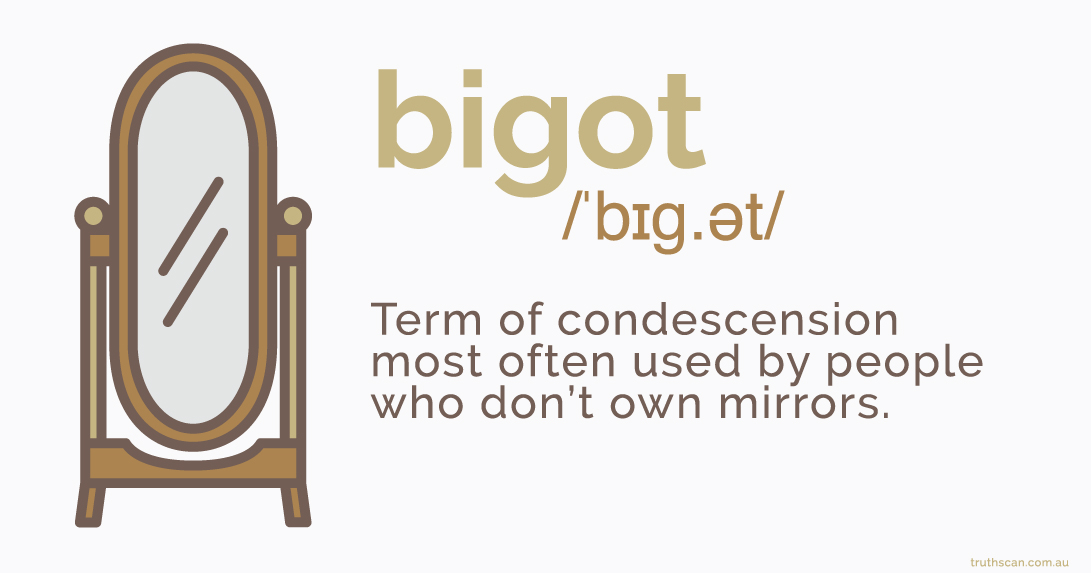
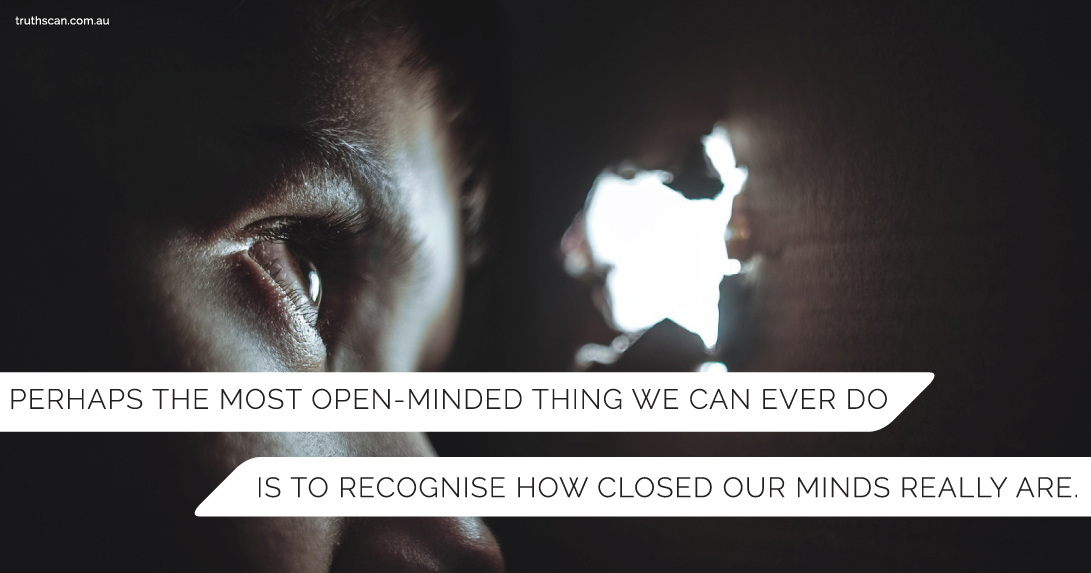
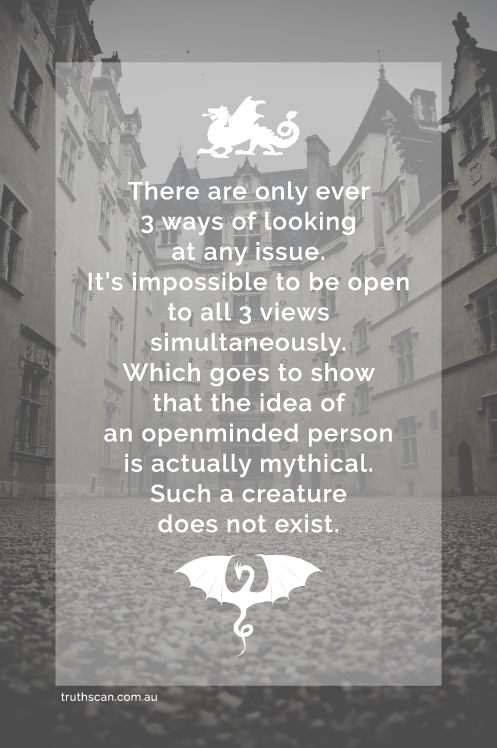


Leave a Reply
Want to join the discussion?Feel free to contribute!